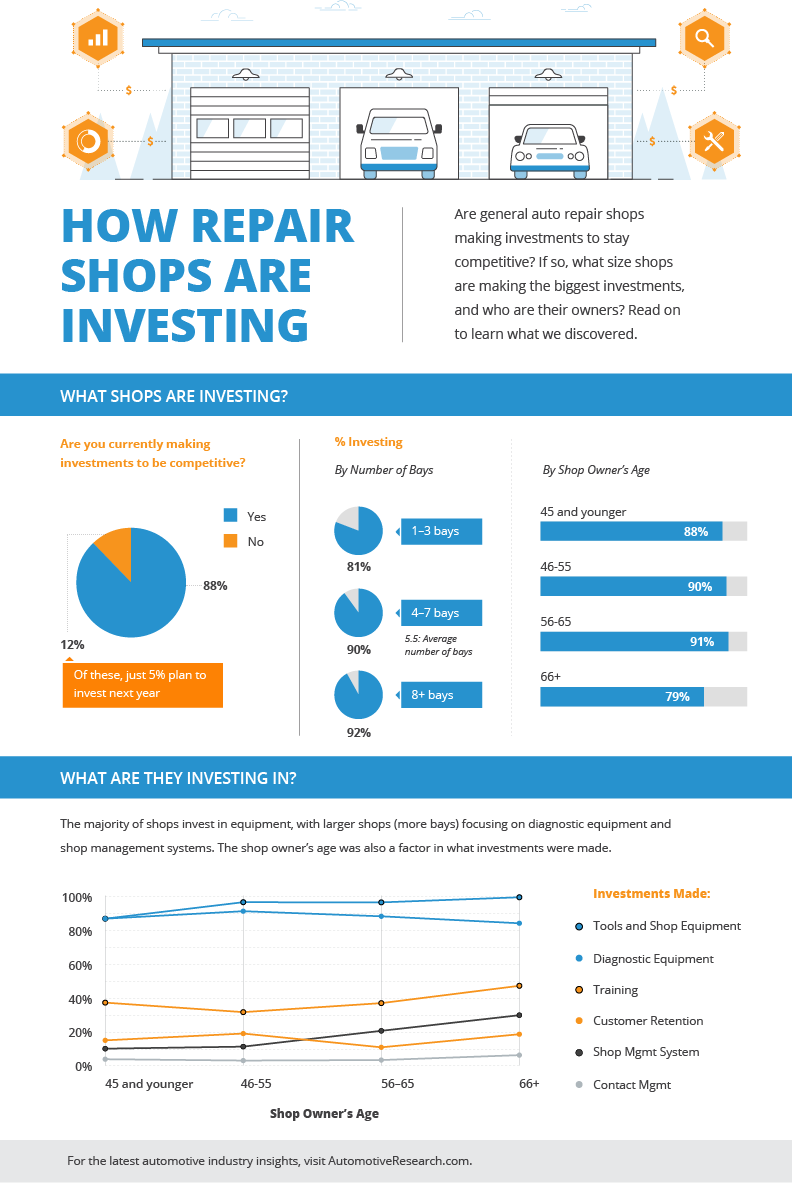Unwinding The True Definition Behind Your Car'S Caution Lighting
Unwinding The True Definition Behind Your Car'S Caution Lighting
Blog Article
Written By-Cheng Mendoza
When you're behind the wheel, those beautiful warning lights on your dashboard can be a bit bewildering. Do you know what they're trying to inform you concerning your vehicle's wellness? Understanding the significance of these lights is important for your safety and security and the long life of your vehicle. So, the next time one of those lights appears, would not you wish to decipher its message accurately and take the essential steps to address it?
Common Warning Lighting and Interpretations
Determine usual warning lights in your vehicle and understand their significances to make sure risk-free driving.
The most normal caution lights include the check engine light, which indicates issues with the engine or exhausts system. If this light begins, it's vital to have your vehicle examined quickly.
The oil pressure warning light indicates low oil pressure, needing immediate interest to stop engine damages.
A flashing battery light could suggest a damaged billing system, potentially leaving you stranded if not dealt with.
The tire stress surveillance system (TPMS) light notifies you to low tire stress, impacting car security and gas performance. Ignoring this could bring about harmful driving conditions.
The abdominal light indicates an issue with the anti-lock stopping system, endangering your ability to stop quickly in emergency situations.
Lastly, the coolant temperature alerting light warns of engine getting too hot, which can result in serious damages otherwise resolved swiftly.
Comprehending these typical caution lights will certainly help you deal with concerns promptly and maintain risk-free driving conditions.
Relevance of Prompt Attention
Recognizing the usual caution lights in your vehicle is just the initial step; the relevance of quickly dealing with these warnings can not be emphasized sufficient to ensure your security on the road.
When a caution light illuminates on your control panel, it's your auto's method of communicating a possible concern that requires interest. Ignoring these cautions can lead to extra serious problems down the road, compromising your security and possibly costing you a lot more out of commission.
Motivate interest to cautioning lights can protect against failures and accidents. As an example, a blinking check engine light can show a misfire that, if left unattended, might cause damage to the catalytic converter. Addressing this promptly can save you from an expensive repair service.
Similarly, a brake system advising light could signal low brake fluid or used brake pads, essential elements for your safety and security when driving.
DIY Troubleshooting Tips
If you notice a warning light on your control panel, there are a couple of DIY repairing ideas you can attempt prior to seeking professional assistance.
The first step is to consult your vehicle's guidebook to understand what the certain caution light shows. Occasionally the issue can be as simple as a loose gas cap triggering the check engine light. Tightening the gas cap might deal with the issue.
One more usual concern is a low battery, which can activate numerous alerting lights. Checking the battery connections for corrosion and guaranteeing they're safe and secure could take care of the trouble.
If a caution light continues, you can attempt resetting it by separating the vehicle's battery for a few minutes and after that reconnecting it. Additionally, checking your lorry's fluid levels, such as oil, coolant, and brake fluid, can assist repair advising lights related to these systems.
auto repair loan
In conclusion, understanding your auto's caution lights is important for keeping your car running efficiently and safely. By immediately attending to these alerts and understanding what they mean, you can avoid costly repair services and prospective breakdowns.
Bear in mind to consult your automobile's guidebook for certain details on each alerting light and do something about it appropriately to ensure a hassle-free driving experience.
Keep informed, remain risk-free when driving!
